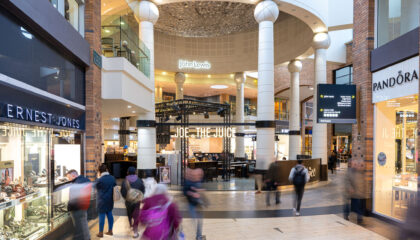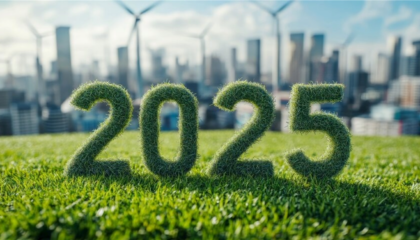With the built environment contributing around 40% of the world’s total carbon footprint according to the World Green Building Council, developers, property owners and managers must not be daunted by the challenge of creating Net Zero carbon buildings.
Rather, we should take proactive, systematic steps toward achieving Net Zero carbon for all buildings. In the face of climate change, we must address the Paris Agreement goal to limit global warming.
We need to move beyond simply greenwashing. Our goal must be to reduce the carbon emissions of real estate. To work towards Net Zero carbon buildings before costly regulation and enforcement take over.
Achieving Net Zero carbon
At Workman, we collaborate with clients to create and implement bespoke Net Zero Asset Plans to meet corporate and statutory carbon emission targets. Our methodology for each Net Zero roadmap is a unique journey to creating Net Zero carbon buildings. They provide recommendations and direction, collate existing data or identify gaps to create the starting point for achieving Net Zero carbon.
This video highlights a range of initiatives that we typically consider in developing our Net Zero Asset Plans: Solar PV panels; heat pump technology; flexible low carbon finishes; exposed services; smart buildings; cycle-to-work schemes; electric car facilities.
Video Transcript
Real estate’s Net Zero task is an enormous and evolving challenge, but it’s a goal we must meet.
In this video, we’ll show just some of the most effective ways we’re helping clients reduce carbon in their buildings.
Let’s get started on the path to Net Zero.
Installing solar PV helps to reduce purchased grid energy. When used in combination with green roofs, the efficiency of solar panels can be enhanced through a cooling effect. Investigate how to buy energy effectively and weigh up renewable energy purchasing options.
Heating and cooling a building can be made less carbon-intensive by removing gas-fired systems and introducing heat-pump technology and heat-recovery-to-ventilation systems.
Choose flexible low-carbon finishes so that internal spaces can be reconfigured frequently. Opting for an exposed-services approach allows for the omission of suspended ceilings, reducing the initial carbon impact, as well as throughout the building’s lifecycle.
Smart buildings with intelligent building operating systems can achieve 50% savings in existing buildings that are otherwise inefficient.
Achieving engagement with occupiers is crucial. Only with the visibility of their data can we understand the performance of the whole building and ensure everyone works towards shared targets and adapt their behaviours.
How are people are getting to and from the building? The average person can save 6% of their annual carbon footprint by switching to cycling, so encourage this with cycle-to-work schemes.
Installing electric car facilities can also help, especially as transport accounts for 25% of the UK’s carbon dioxide emissions.
Although carbon offsetting is a short-term solution, you can invest in schemes that either directly consume carbon or technologies that help reduce it.
Improving biodiversity with the expansion of planting can decrease carbon, too. Nature can deliver carbon reductions of at least 30% by 2030 if biodiversity is protected and enhanced.
It’s important not to be daunted by the scale of the zero carbon emissions challenge. Even small actions to reduce carbon are steps in the right direction.
At Workman, we can help you implement practical action plans to reduce the carbon impact of your buildings.
Navigating you to Net Zero.
Want to know more?
Read more here about our approach to Net Zero carbon
Read more here about our Net Zero Asset Plans



